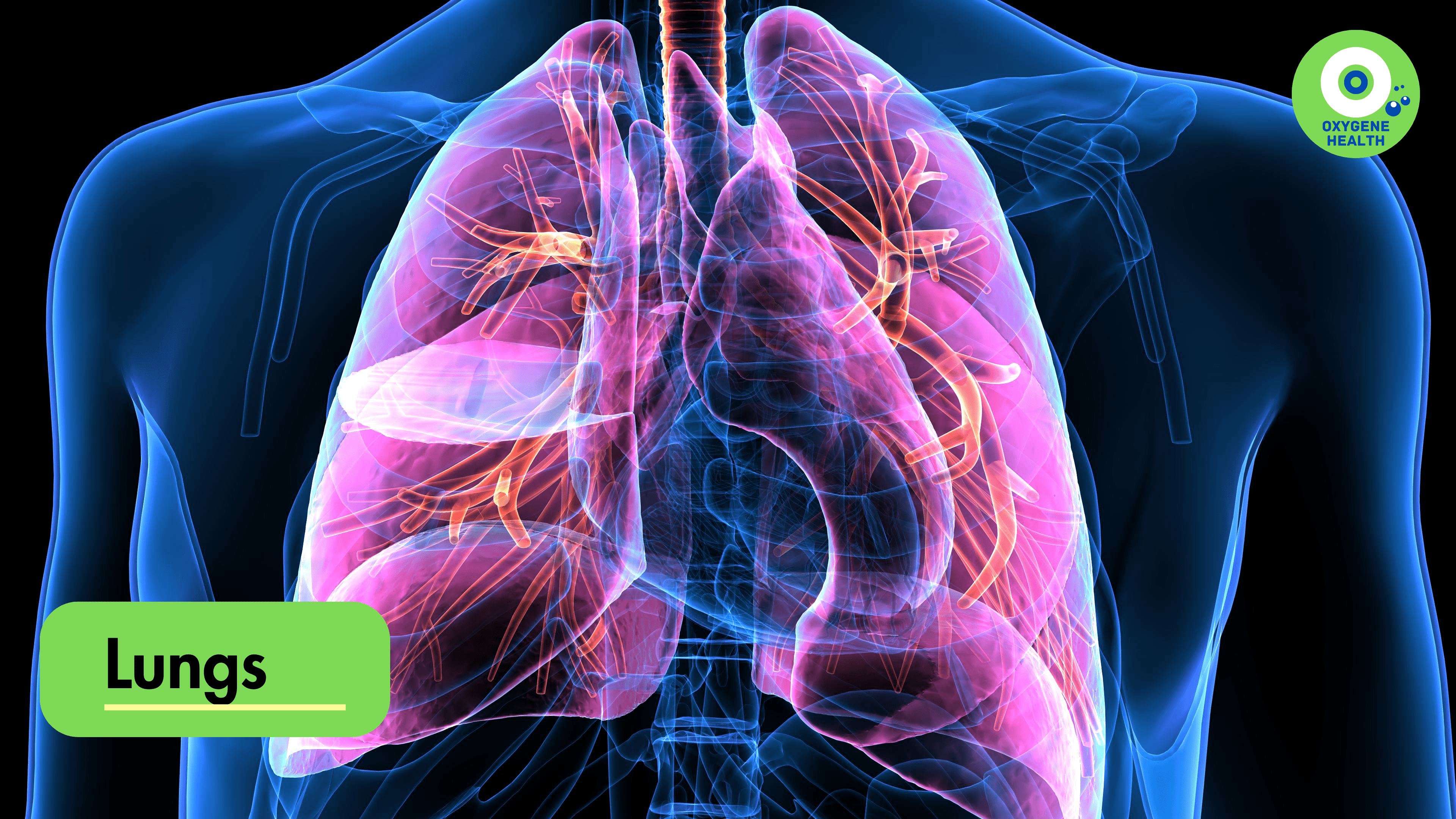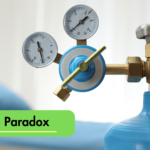Introduction:
The lungs, vital organs responsible for oxygen exchange and carbon dioxide removal, are susceptible to various medical conditions that can compromise respiratory function and overall health. From chronic obstructive pulmonary disease (COPD) to acute respiratory distress syndrome (ARDS), these ailments can significantly impact patients’ quality of life and even be life-threatening. However, amidst these challenges, oxygen therapy emerges as a lifeline for patients with lung-related medical conditions. In this blog, we explore the remarkable efficacy of oxygen therapy in resolving several critical lung disorders.
Chronic Obstructive Pulmonary Disease (COPD):
COPD, a progressive lung disease encompassing chronic bronchitis and emphysema, poses significant challenges in management due to its irreversible nature and debilitating symptoms. Oxygen therapy serves as a cornerstone of treatment for COPD patients, providing supplemental oxygen to alleviate hypoxemia and improve exercise tolerance. By increasing arterial oxygen levels, oxygen therapy reduces the workload on the heart, alleviates dyspnea, and enhances overall quality of life in COPD patients, thereby slowing disease progression and reducing hospitalizations.
Acute Respiratory Distress Syndrome (ARDS):
ARDS, a severe form of respiratory failure characterized by widespread inflammation and pulmonary edema, demands prompt intervention to prevent organ dysfunction and improve outcomes. Oxygen therapy plays a pivotal role in the management of ARDS, providing mechanical ventilation support and optimizing oxygenation. By delivering high concentrations of oxygen to the lungs, oxygen therapy improves oxygen saturation, reduces hypoxemia, and mitigates tissue hypoxia, thereby supporting vital organ function and promoting recovery in ARDS patients.
Pneumonia:
Pneumonia, an infectious lung inflammation commonly caused by bacteria or viruses, presents with symptoms such as cough, fever, and difficulty breathing. Oxygen therapy is an integral component of pneumonia management, ensuring adequate oxygen delivery to meet increased metabolic demands and combat hypoxemia. By enhancing tissue oxygenation, oxygen therapy facilitates immune responses, promotes pathogen clearance, and accelerates lung tissue repair, thereby expediting recovery and reducing the risk of complications in pneumonia patients.
Interstitial Lung Disease (ILD):
ILD encompasses a diverse group of chronic lung disorders characterized by inflammation and scarring of the lung tissue, leading to impaired gas exchange and respiratory symptoms. Oxygen therapy serves as a supportive treatment for ILD patients, alleviating hypoxemia and improving exercise capacity. By increasing oxygen delivery to the bloodstream, oxygen therapy enhances tissue oxygenation, reduces pulmonary hypertension, and ameliorates dyspnea, thereby enhancing quality of life and functional status in ILD patients.
Cystic Fibrosis (CF):
CF, a genetic disorder affecting the lungs and other organs, results in thick, sticky mucus production, recurrent infections, and progressive lung damage. Oxygen therapy plays a crucial role in managing CF-related lung complications, providing supplemental oxygen to alleviate hypoxemia during exacerbations and promoting lung function preservation. By improving oxygen saturation and reducing respiratory distress, oxygen therapy enhances patients’ ability to clear secretions, combat infections, and maintain respiratory function, thereby improving outcomes and prolonging survival in CF patients.
Pulmonary Hypertension:
Pulmonary hypertension, characterized by elevated blood pressure in the pulmonary arteries, imposes significant hemodynamic stress on the heart and lungs, leading to right heart failure and reduced exercise capacity. Oxygen therapy serves as a palliative treatment for pulmonary hypertension, alleviating hypoxemia and improving pulmonary vascular resistance. By enhancing oxygen delivery to the lungs, oxygen therapy reduces pulmonary artery pressure, relieves dyspnea, and enhances functional status, thereby improving quality of life and prognosis in pulmonary hypertension patients.
Conclusion:
Oxygen therapy stands as a cornerstone of treatment for various medical conditions affecting the lungs, offering a lifeline for patients grappling with respiratory insufficiency and hypoxemia. From COPD to ARDS, pneumonia, ILD, CF, and pulmonary hypertension, the therapeutic benefits of oxygen therapy are manifold, encompassing improved oxygenation, symptom relief, and enhanced quality of life. As research continues to unravel the intricacies of oxygen therapy, its role in lung health and disease management is poised to expand, offering hope and improved outcomes for patients worldwide.







